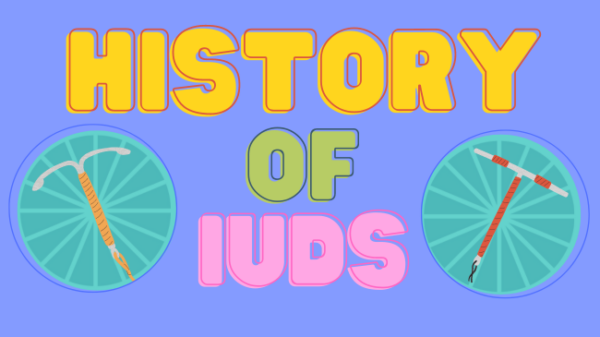Contraceptive Pearl: Non-Prescription Birth Control Methods
Cost is one of the biggest barriers to effective contraception. About 20% of American women are uninsured, and many more are under-insured. Because millions of women find it difficult to obtain prescription forms of birth control, many couples now rely on non-prescription methods. When used correctly, these methods provide an effective alternative to prescription products. However, widespread myths can compromise non-prescription methods’ efficacy.
While male condoms are the most widely used form of non-prescription birth control, other non-prescription methods deserve your attention, too. The FDA recently approved a cheaper and quieter female condom. A review in Contraception found withdrawal to be almost as effective as the male condom. Couples who use rhythm or lactational amenorrhea can benefit from detailed instructions to improve these methods’ efficacy.
To help you discuss non-prescription methods with your patients, the Reproductive Health Access Project created the Non-Prescription Birth Control Methods fact sheet. Try using this sheet to help your patients choose the right method.
We appreciate your feedback! Please write us at pearls@reproductiveaccess.org with any questions, comments or additional resources to add to our list.
Helpful Resources
Non-Prescription Birth Control Methods
Sources
Heavey, Susan. March 11, 2009. New cheaper condom wins US approval. Reuters.
Kaiser Family Foundation/Urban Institute analysis of March 2009 Current Population Survey, U.S. Bureau of the Census.
Pharma-free
The Reproductive Health Access Project does not accept funding from pharmaceutical companies. We do not promote specific brands of medication or contraception. The information in the Contraceptive Pearls is unbiased, based on science alone.

